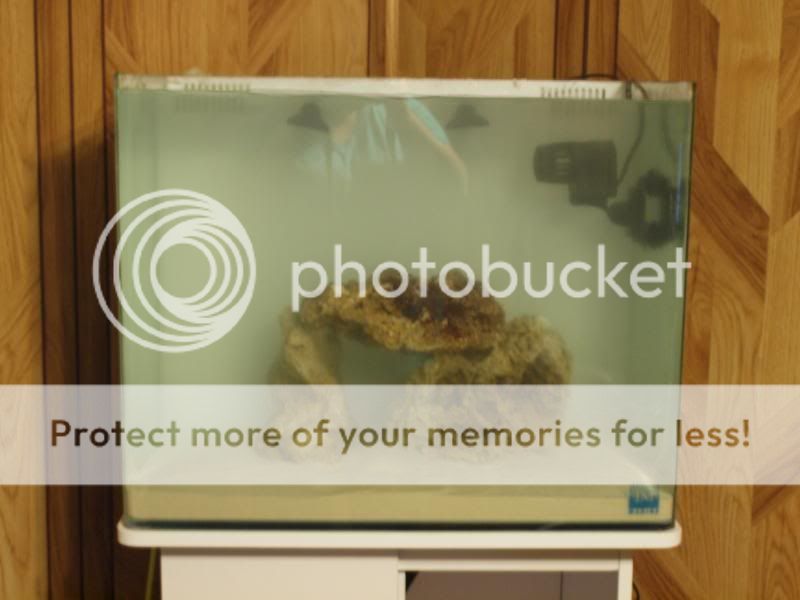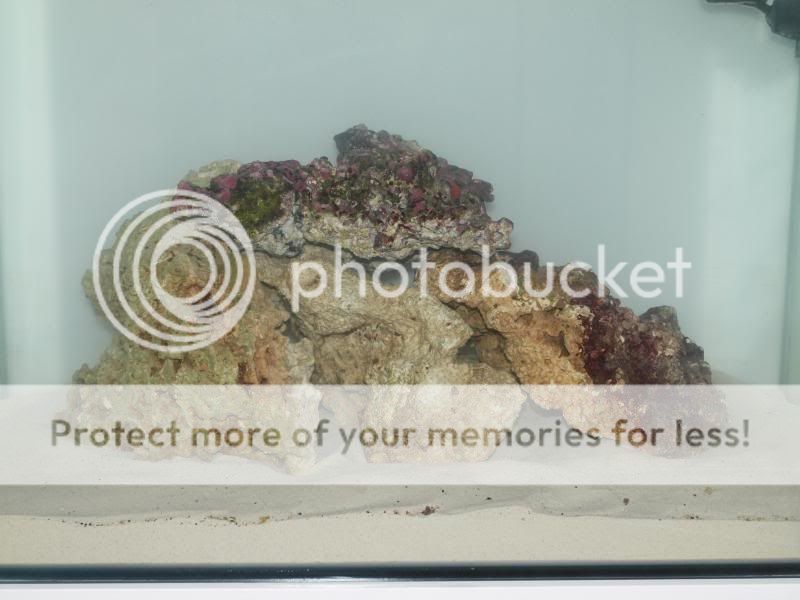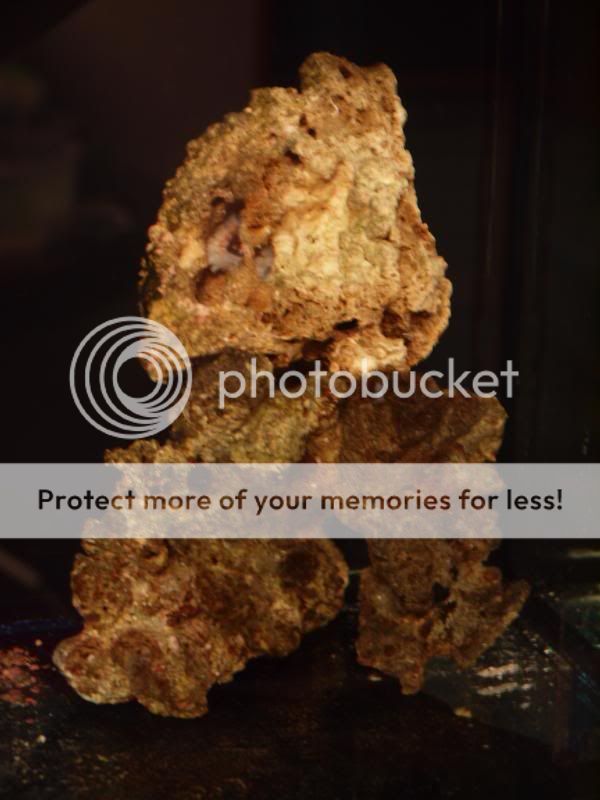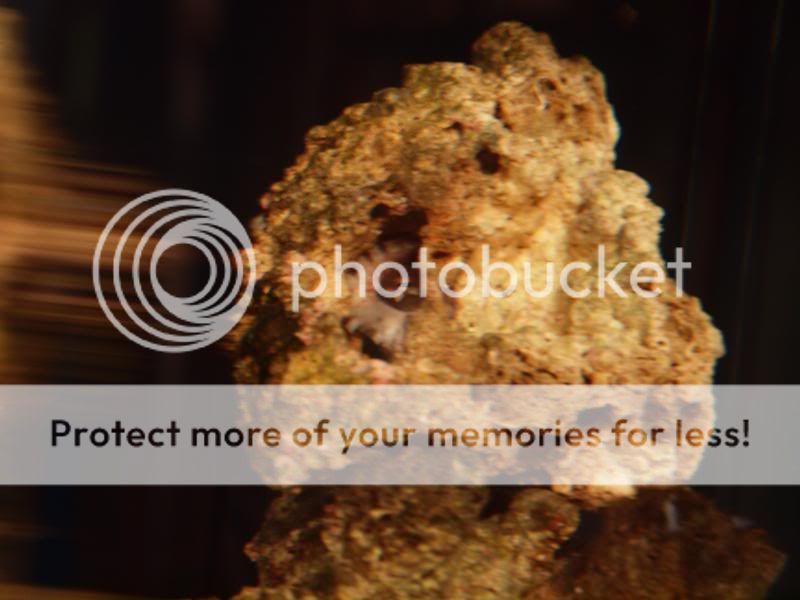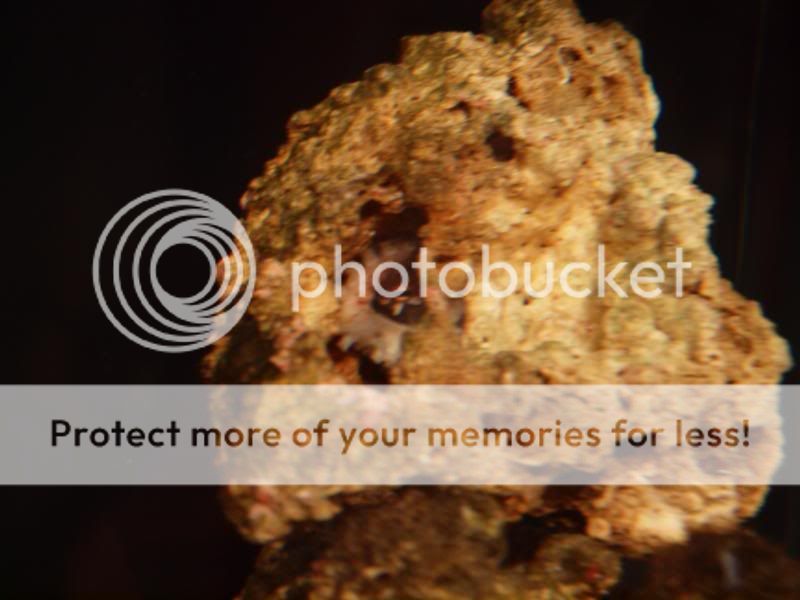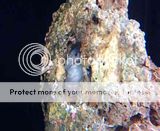Links to any relevant topic are fine (as you probably noted from my link to Sachs). Direct photos can be awkward and need, as a minimum, a reference (@
tonmo correct any missteps here please). Most manufacturers are fine with this as it gives free advertising but we want to avoid any copyright infringements. As far as site rules, as long as a member is not commercially selling something and the links are topic relevant they are encouraged for clarity of discussion.
As for your other questions

:
Feeding fiddler crabs to an octopus
Females (two small same sized claws) can be dropped into the tank without modification. With the males (the ones with the "fiddler" oversized claw), I break off one tip of the large claw which stops the crab from pinching. Unfortunately, they can voluntarily shed their claws so be sure to do this over a bowl or the fish tank. The only reason to try to deactivate vs remove the claw is to provide the little extra food so removing the claw works equally as well.
Keeping Live Shore Shrimp
The article you found is for table (bait) sized shrimp. Shore shrimp are 1/2" to 1" long and about as thick as a USB cable

. They survive well in a bare (no rocks or other substrate) 10 gallon marine tank with a cascade filter and with netting placed over the intake. I have found the zippered media bags to work very well for this but any netting will do, you just want to keep them from being sucked up into the filter. Depending on how long you keep them, the water will need a couple of gallons exchanged with fresh saltwater. Because the tank is bare, they are relatively easy to catch with a net.
As active as yours is right now, try putting a couple in live. They can live in the tank but if they disappear in a day, this is a great way to feed and keep the animal active. If they are not eaten, you will need to either damage them so they don't swim well or kill them outright and feed on a stick (IME, they will not be eaten if dead and left in the tank to be found - true of most dead foods). If a toothpick is working (more on this later) this is ideal as the shrimp are very hard to feed with a thicker, more typical feeding stick. I am a bit surprised that the octopus accepted food from a toothpick but I have never tried it. My usual stick is a bamboo skewer or a fiberglass commercial stick. However, it is a great idea for very small foods if your hand does not scare the octo away. Once they are accustomed to your hand it is usually possible to just offer it directly but you do take the chance of a bite. Mercs are not known to bite but digueti appear to have a nasty poison and anyone with allergies could be affected by any octopus poison.
Rock Stability
As long as the rock stacking does not tilt when pushed, it should be fine for a dwarf. This is not, however, the case with the larger octos.
Grow Out Tank
Unfortunately, I believe your little guy is fully grown. Assuming the size of a mercatoris, anything 15 (20 is better) to 30 is all you really want to provide. Changing tanks is disorienting for an adult but I have moved mine on occasion and they do readjust after a week or so but I don't recommend it for a newly acclimated adult. You may have a fertile female that will lay eggs soon so be very sure there are no eggs in her den if you do move her.
Camera Photos
Unlike many of our members I am not confident with a camera and have never been able to manually focus one (maybe partially because of my vision

), HOWEVER, I have found my shots improved 300% with the use of a tripod and I keep my camera on the tripod, adjusted to the tank height in the room with the tanks at all times. The shots are not stellar but the focus is usually good and I can shoot multiples without getting a blurred subject (and can shoot at faster speeds, reducing the animal's movements). Depending upon how much you want to play with it, your camera will have one, two or three user settings that you can save. Once you determine a shutter speed and lighting for your lower light tank shots you can save them and turn your dial to that setting when wanted. My new Nikon's automatic setting does a good job under most conditions but my Canon needed user settings for a similar result.
Keeping Arms out of the Koralia
Of all the water moving powerhead/wave makers, this design seem to be the most successful for minimizing damage but we have seen a few arm amputations. You can completely avoid the problem by placing the entire unit in a zippered media bag (can you tell I love these for numerous uses?). The 8 x 5 size works well for most applications (I also use them for charcoal in my filter sock) and they are very inexpensive on
eBay (NOTE, link is for material and style reference, not a vendor recommendation). I strongly recommend the nylon zippered over velcro or tie openings.
Additives, Salt and Skimmers
I am an opponent of adding any kind of "cleaning" chemicals to an aquarium. I use live rock, carbon and a filter sock (floss media will also filter if your design does not accept a sock) and nothing else. I do add a small amount of vitamin once every 2 months (more frequently with non-octo tanks) for the few corals I keep in the octo tanks and use buffer with a new aquarium (mine no longer need it) to keep PH in range. I am not fond of maintenance but the octo tanks get weekly water changes as a minimum. Purigen is not likely to cause a problem since it does not add anything to the water (not sure it does anything but add maintenance though as you do need to keep it clean). I have tried Chemi-Pure on a non-octo tank and can't say that it reduced maintenance. Most of the stuff it is supposed to remove should not be in the tank to begin with and ammonia should be handled by your biological filter (live rock) and follow the ammonia -> nitrite -> nitrate cycle. I have not used Phosguard but have used other phosphate removers with the same, no obvious positive effect.
I have not read recent reviews on salt but the unbiased reviews I have read have all suggested that most of the commercial brands are acceptable. The primary differences I have seen in writing tend to be in consistent mix salinity and dissolvability. I will try a bucket (160 gallon sized so several water changes) of a different brand every couple of years but always end up going go back to Instant Ocean.
My dwarf tank did not include a skimmer but I would not run a tank for a larger animal without one. I no longer have a dwarf tank set up and the tank I would use should I get another does have a skimmer that I would leave in place.
When you say "vent" area are you referring to the grids where the water flows to the filter or the entire back section? If the grid openings are wider than the octopuses eye (actually the beak is the resisting factor but the sizing is roughly the same and you can see the eye) then you will want to place something behind it that the octopus will not like touching. Since you need water to flow well, my best suggestion is a very coarse sponge (the coarsest and roughest you can find plastic is a good material or astro turf) placed behind but not blocking the grid.

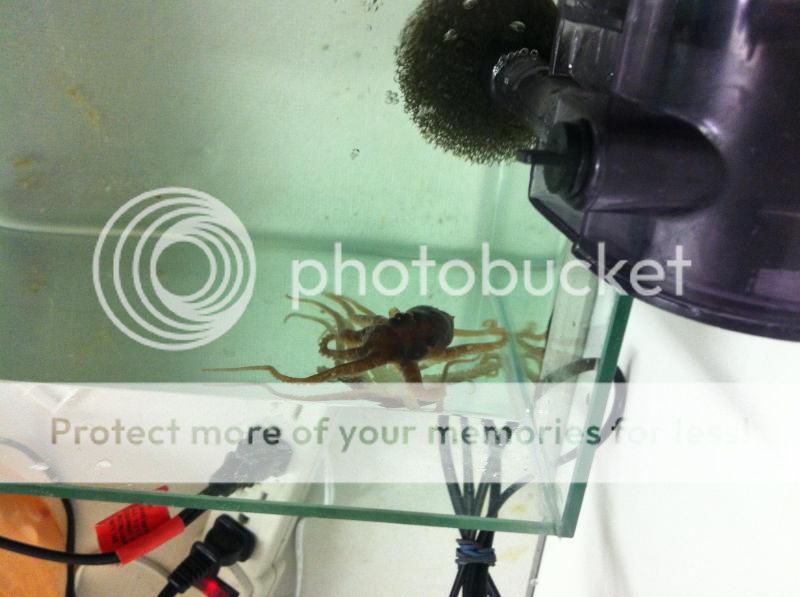
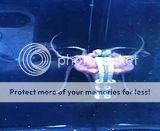
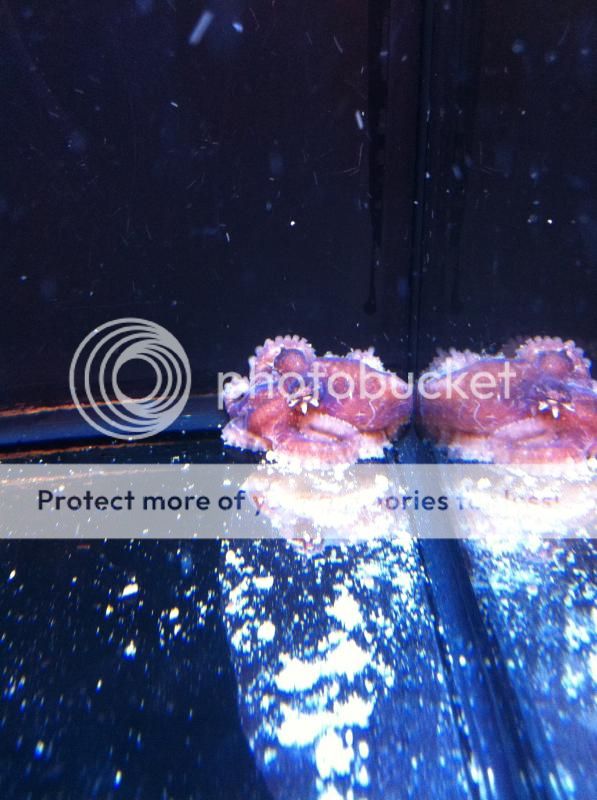
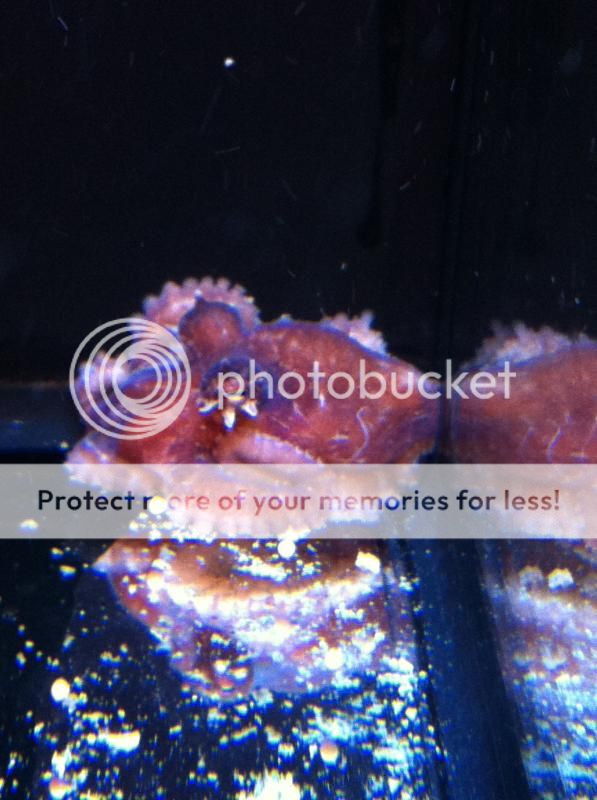
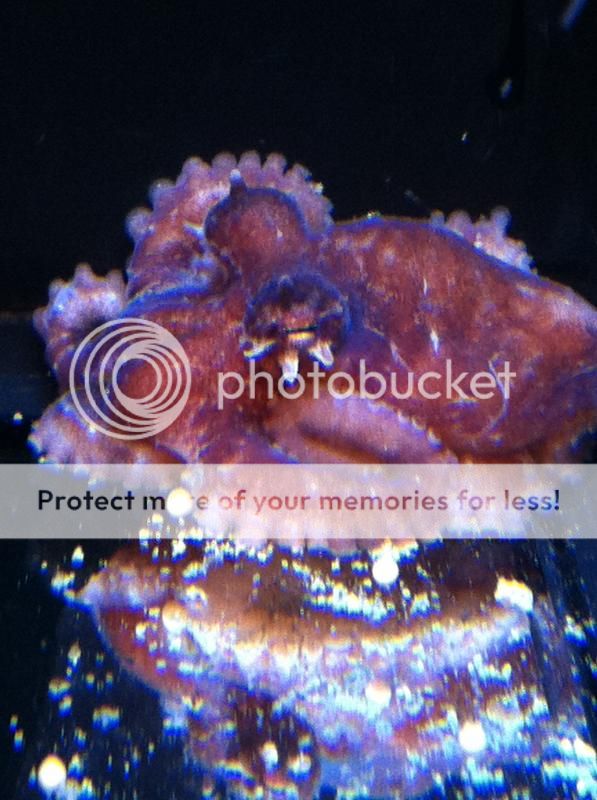
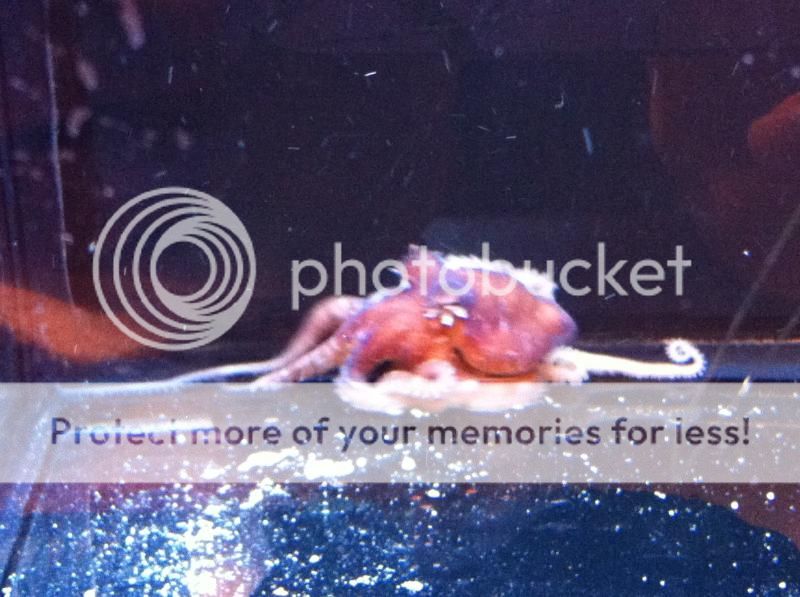
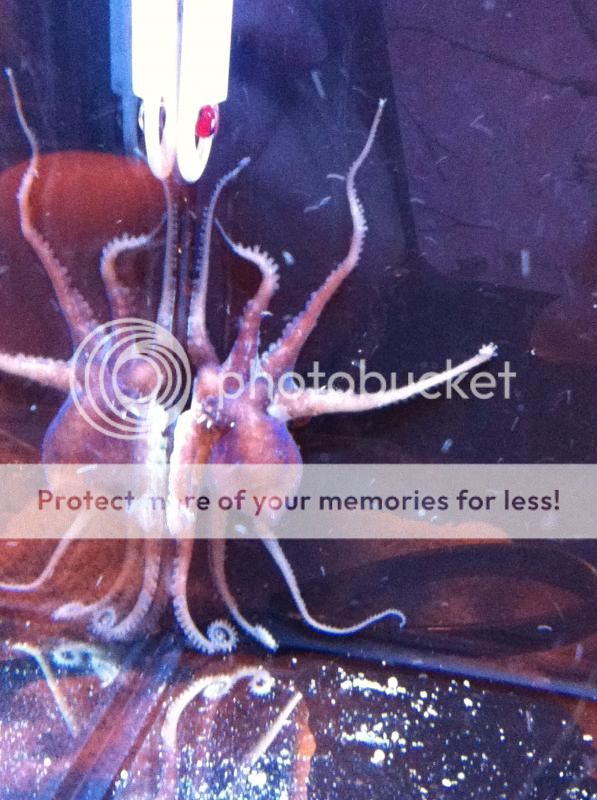
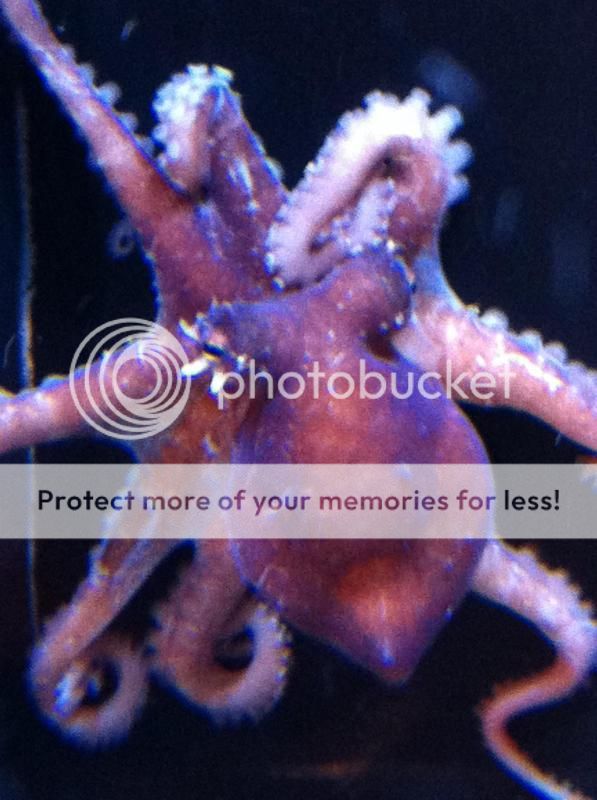
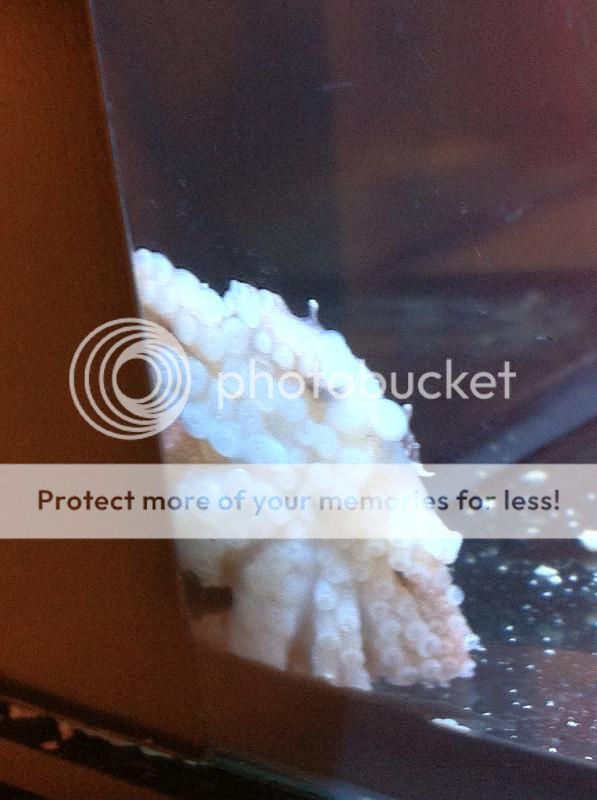











 You think some blue legs & fresh frozen shrimp would be ok chopped up to small beak size bites? Wondering what kinds of crab I can get my hands on for food as well. (buffet table opening up grab a plate!)
You think some blue legs & fresh frozen shrimp would be ok chopped up to small beak size bites? Wondering what kinds of crab I can get my hands on for food as well. (buffet table opening up grab a plate!) ). One thing I had not tried but have been very successful with for all other animals (did not discover trying this until after Sleazy died) is the meat from blue crab claws. We scrounge the Asian market for loose claws and then freeze them. Whole crabs cannot be frozen without cooking but the claws do not contain the organs that poison the meat and freeze well. The full sized animals have no problem with the whole claw but to try feeding a dwarf, you will have to extract the meat and offer it on a stick. Once an animal is accustomed to being hand/stick fed, size is much less important and they easily accept larger pieces.
). One thing I had not tried but have been very successful with for all other animals (did not discover trying this until after Sleazy died) is the meat from blue crab claws. We scrounge the Asian market for loose claws and then freeze them. Whole crabs cannot be frozen without cooking but the claws do not contain the organs that poison the meat and freeze well. The full sized animals have no problem with the whole claw but to try feeding a dwarf, you will have to extract the meat and offer it on a stick. Once an animal is accustomed to being hand/stick fed, size is much less important and they easily accept larger pieces. I take off the claws right? I have a few small spare small tanks in the basement to use for both. Not sure how to keep the shore shrimp well, but I did find
I take off the claws right? I have a few small spare small tanks in the basement to use for both. Not sure how to keep the shore shrimp well, but I did find 


